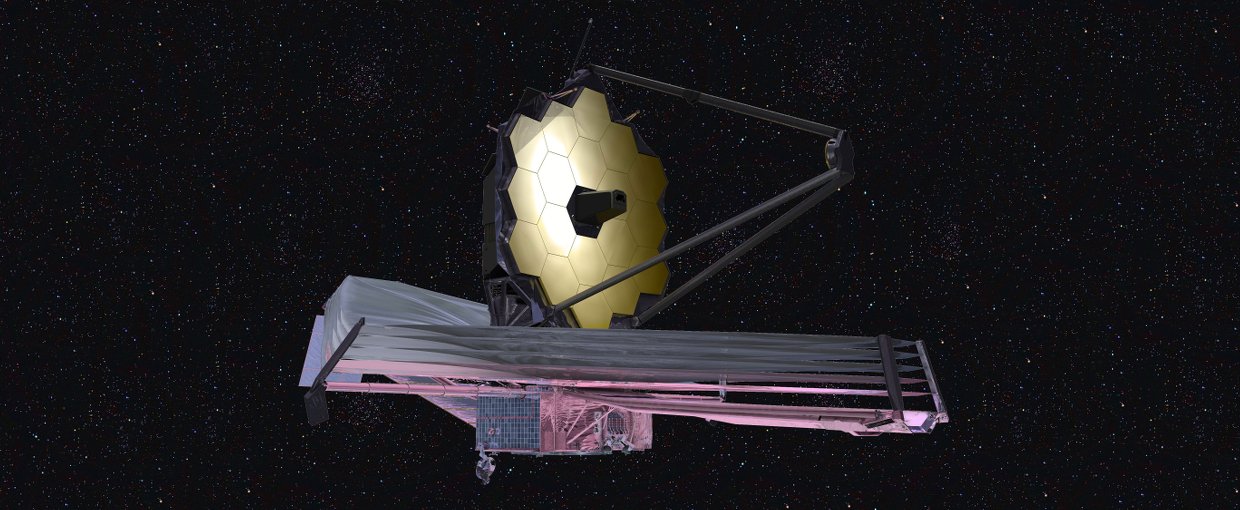
Studying the habitability of exoplanets is a major focus of astrobiology research today. One method for doing this is involves looking at the atmosphere of planets that transit distant stars. It is thought that the properties (composition, temperature, etc.) of an exoplanet’s atmosphere could hold clues as to whether or not biological activity is occurring on the planet.

NASA engineer Ernie Wright looks on as the first six flight ready James Webb Space Telescope primary mirror segments are prepped to begin final cryogenic testing at NASA's Marshall Space Flight Center. Credit: NASA/MSFC/David Higginbotham Image credit: NASA/MSFC/David Higginbotham .
To probe the atmosphere of an exoplanet, astronomers employ transmission spectroscopy. However, the stars that exoplanets orbit can cause a few problems with such observations. Stars are not uniform, and can have hot/cold spots that could affect planetary transit spectrum. A team of scientists has presented a new retrieval paradigm (dubbed AURA) that could help separate signatures of planetary and stellar properties in a transmission spectrum. AURA is a step toward acquiring simultaneous information about stars and planets using future telescopes, such as the James Webb Space Telescope, which will return higher resolution spectra than facilities that are currently in use.
The study, “Retrieval of planetary and stellar properties in transmission spectroscopy with AURA,” was published in the Monthly Notices of the Royal Astronomical Society. The work was supported by the Nexus for Exoplanet System Science (NExSS). NExSS is a NASA research coordination network supported in part by the NASA Astrobiology Program. This program element is shared between NASA’s Planetary Science Division (PSD) and the Astrophysics Division.
